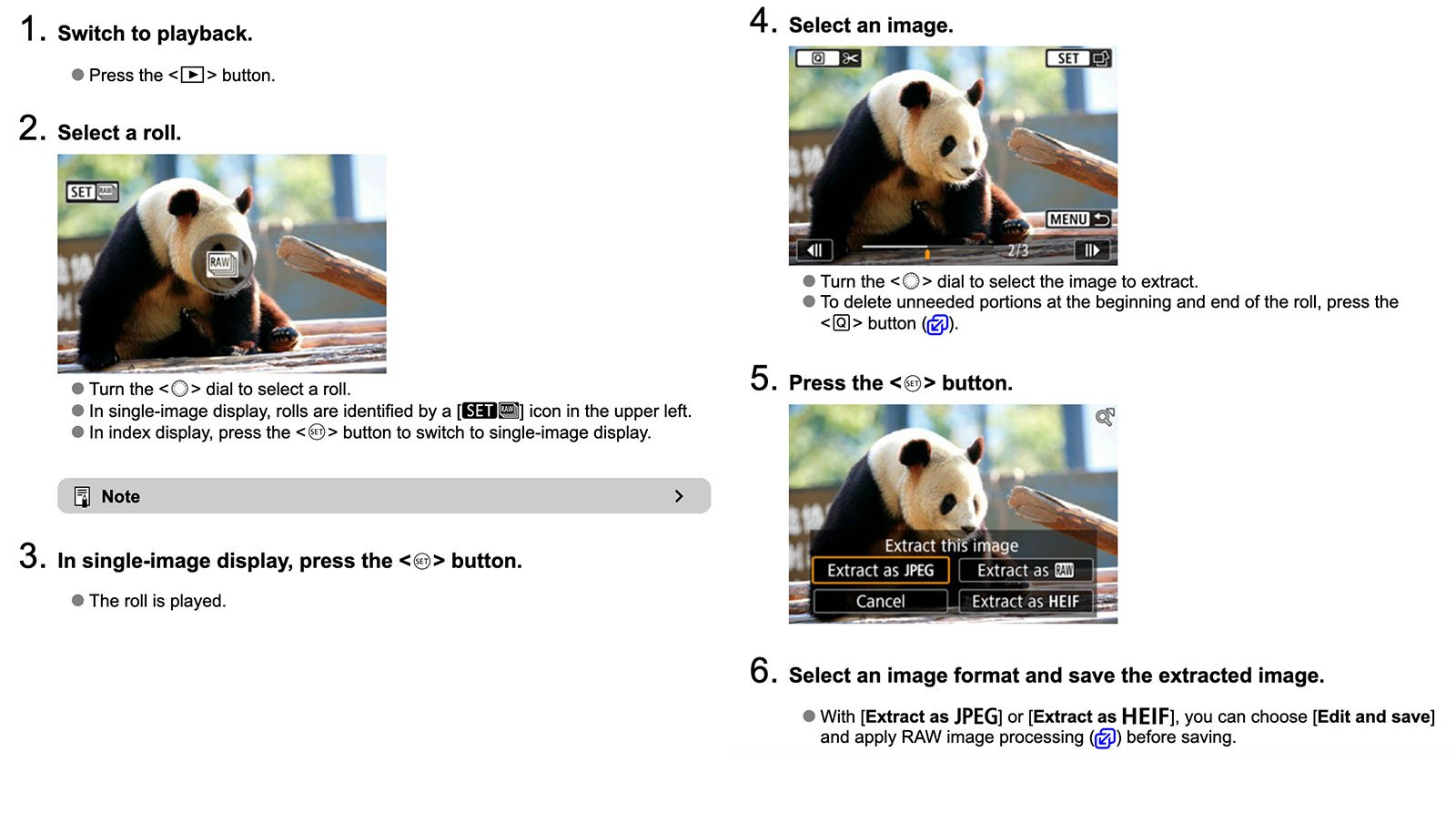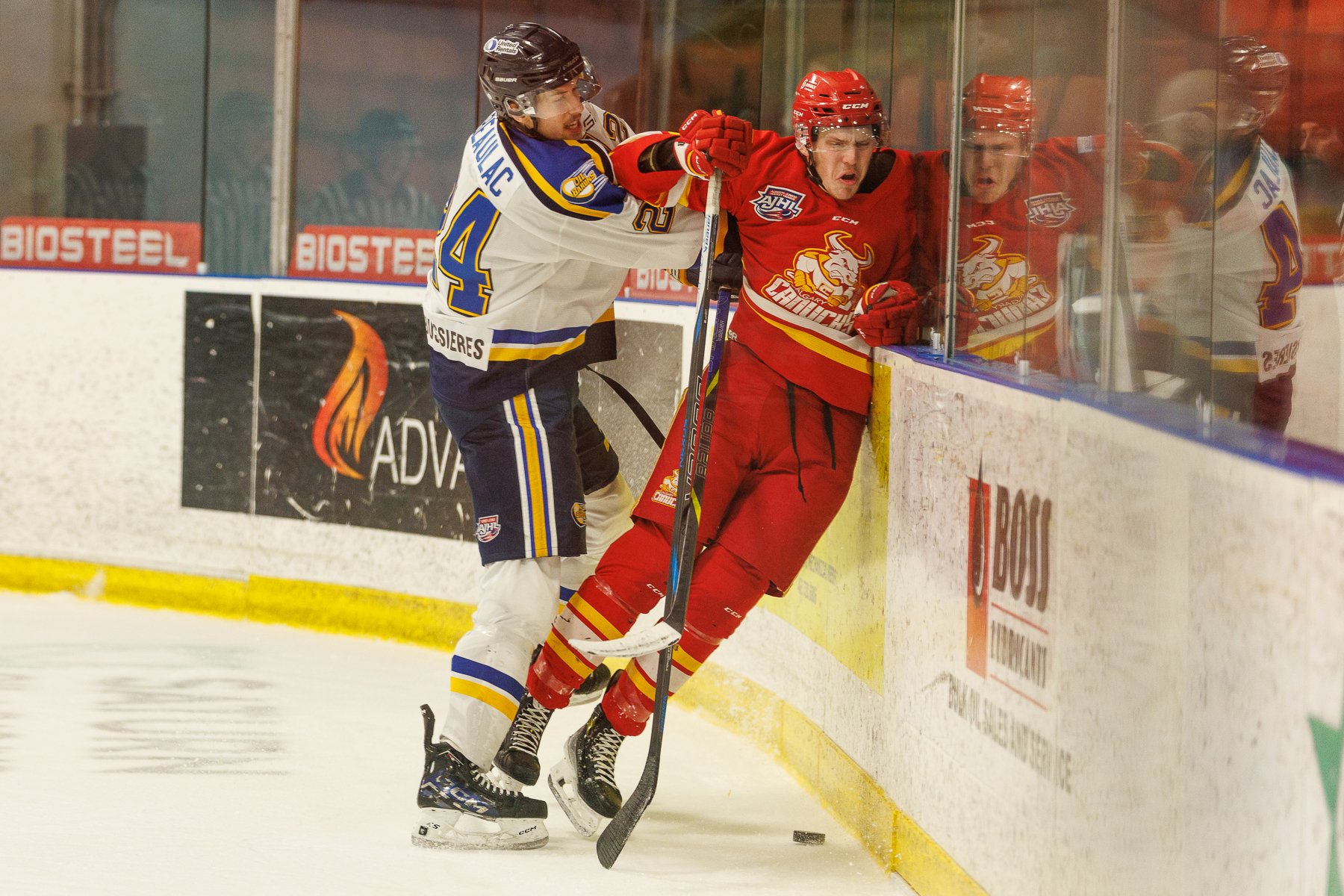Canon R6 Mark II vs R6 Mark III: The Difference Between RAW Burst Mode and Pre-Continuous Shooting
![]()
Canon unveiled the EOS R6 Mark III this morning, and there is some confusion about whether one of the R6 III’s new features, pre-continuous shooting, is actually new at all. It is, and here’s why it matters.
The Canon R6 III’s pre-continuous shooting mode allows photographers to half-press the shutter release and capture a rolling buffer of 20 images at 40 frames per second. Once the shutter is fully pressed, the camera saves the most recent 20 images to the memory card and then continues shooting at 40 frames per second until the buffer fills, which, with a CFexpress card and RAW+JPEG shooting, is around 150 shots.
There are some restrictions in this mode, including that it can only be used in the fastest drive mode, which requires the camera’s electronic shutter. This mode also disables some digital lens optimizations, prevents shutter speeds slower than 1/30 second (since the camera shoots at 40 frames per second), and imposes a few other minor limitations.
However, this mode, which supports RAW, JPEG, and HEIF formats, makes it much easier for photographers to capture the perfect shot of an unpredictable, fast-moving subject. For example, it can be challenging to nail the shot of a bird taking flight without pre-continuous shooting, or to capture the perfect moment when photographing fast-paced sports.
![]()
In our Canon R6 Mark III Review, we describe the R6 III’s pre-continuous shooting as a new feature for the R6 series, which has led to some comments that believe this characterization is an error and state the R6 II also offered this feature.
While the Canon R6 II does offer a way for photographers to capture images before fully pressing the shutter, it is not pre-continuous shooting like the R6 III has. The R6 II’s “RAW burst mode” can achieve results similar to pre-continuous shooting, albeit with more limitations and a much worse user experience.
RAW burst mode, as its name suggests, only works with RAW photos. It does not support JPEG or HEIF recording. Further, RAW burst mode works by compiling a series of RAW images into a single file, which the user must pick from on the camera or later, using Canon’s proprietary software. RAW burst shooting comes with numerous pain points that the R6 III’s pre-continuous shooting mode overcomes.
As PetaPixel editor-in-chief Jaron Schneider wrote of the R6 II’s RAW burst mode: “I personally did not love using this feature, though I know some photographers who did. Shooting in this way requires that you think backward rather than forward, and for sports I much rather anticipate something than think about the final frame I want to catch. It just feels unintuitive to me personally. The other downside of this system is that Canon doesn’t record all those files for you like normal, it instead packages them inside of a group of files and you have to go into the camera menu, find the frame you want, and then specifically pick it out to be exported as a RAW that can be edited later. If you don’t do this, the files don’t show when you import them into a computer.”
“That’s too many steps. I’d rather just shoot normally,” Schneider concluded.

Further, the R6 II’s RAW burst mode locked the camera while the buffer clears, which is a significant problem that the R6 III’s pre-continuous shooting functionality overcomes.
Contrast that with pre-continuous shooting on the R5 II and R1, which PetaPixel‘s Chris Niccolls likes and “used a lot” when working with the EOS R1.
“I used the pre-burst function a lot,” Nicolls writes in PetaPixel‘s Canon EOS R1 Review. “I could watch a scene unfold and then commit to the sequence if desired after the action took place.”

In PetaPixel‘s Canon EOS R1 first impressions, Niccolls noted that pre-continuous shooting “helped to avoid missing the decisive moment.”
So, yes, the Canon R6 II could capture photos before the shutter was fully pressed. But the R6 III’s pre-continuous shooting is useful and practical in ways that RAW burst mode never was. There’s a good reason why Canon borrowed pre-continuous shooting from the R5 II and left RAW burst mode in the past where it belongs.
Image credits: Header photo credit: Canon USA